The Director’s Office of the Brazilian Synchrotron Light Laboratory (LNLS), led by Dr. Harry Westfahl Jr., is responsible for coordinating a team of more than 200 researchers, engineers, and technicians, responsible for operating, maintaining, and updating the beamlines of the new Brazilian synchrotron light source, Sirius, and associated instrumentation.
The Laboratory is composed of seven divisions:
Additionally, supporting the Laboratory and its staff, Marcelo Xavier is responsible for the Project Management Coordination, and Priscila Alves is responsible for the Secretariat.
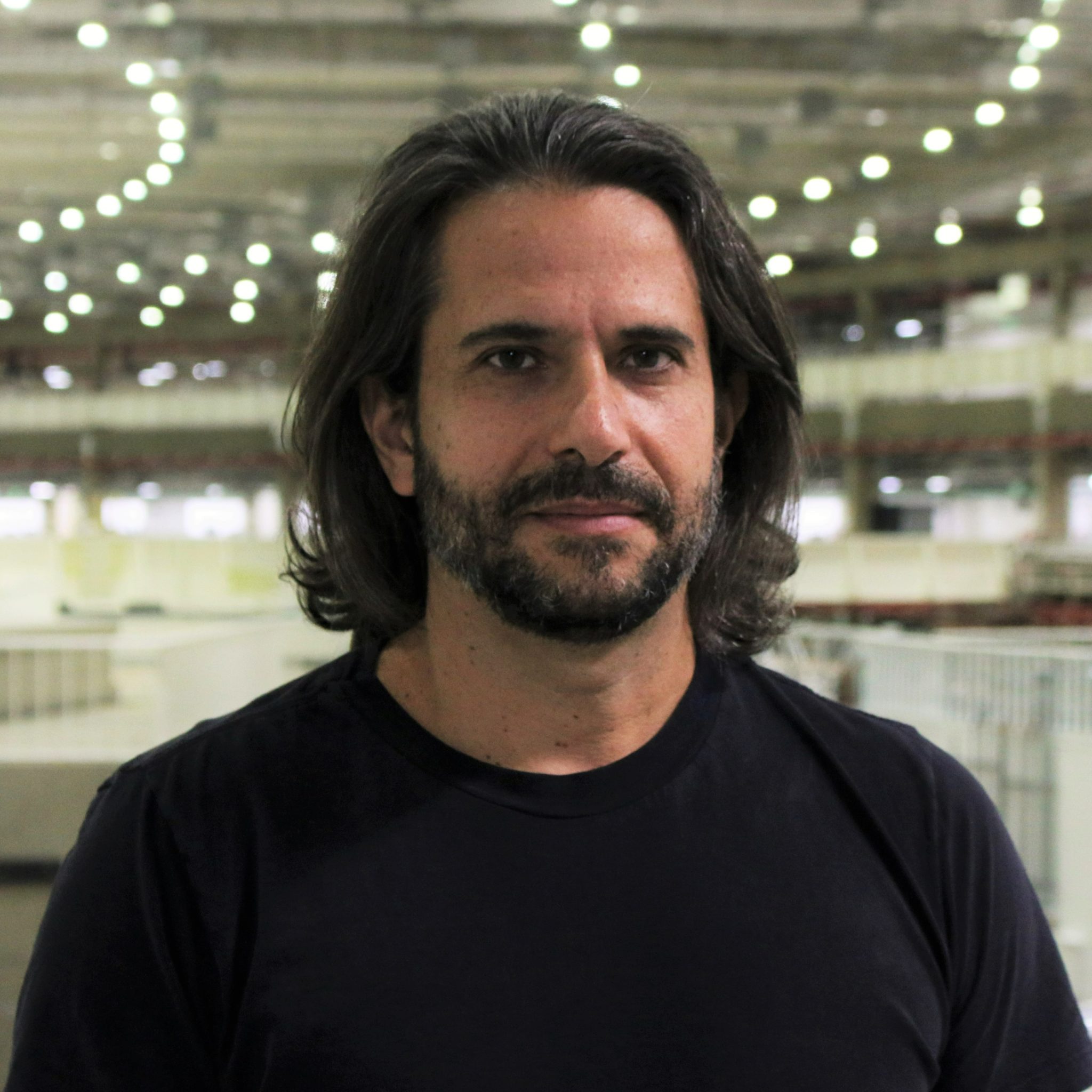
Harry Westfahl Jr. is the LNLS’ Director since 2020. He also served LNLS as Scientific Director from 2013 to 2019, as deputy scientific director from 2011 to 2012 and, as a researcher since 2001, when he joined the Laboratory after three years of postdoctoral research. Since 2013 he coordinates the project and construction of the beamlines for the new Brazilian synchrotron light source, Sirius. Its main research interests are in the physics of condensed matter systems, in the use of synchrotron radiation for the study of materials, mainly polymers and magnetic materials, and in the development of synchrotron radiation instrumentation.
Ph.D. in Physics, 1998, State University of Campinas (IFGW/Unicamp), Brazil.
B.Sc. in Physics, 1994, State University of Campinas (IFGW/Unicamp), Brazil.

DATA ACQUISITION AND PROCESSING DIVISION
Daniel Tavares is the Head of LNLS’ Data Acquisition and Processing Division since 2022. He joined LNLS in 2009 as a member of the Beam Diagnostics Group, being responsible for developing and implementing the fast orbit feedback for the UVX light source at LNLS. From 2012 to 2021 he has contributed in the development and commissioning of several Sirius beam diagnostics systems, with special emphasis on beam position monitor (BPM) and fast orbit feedback (FOFB) systems based on the MicroTCA.4 platform. In 2017 he was awarded with the Early Career Award from the International Conference on Accelerator and Large Experimental Physics Control Systems (ICALEPCS) for the open source hardware and software designs developed for Sirius. In 2021 he coordinated the Advanced Controls Group focusing on the development of fast and deterministic feedback control systems for particle accelerators.
B.Sc. in Control and Automation Engineering, 2009, Federal University of Minas Gerais (UFMG), Brazil.

TECHNICAL INFRASTRUCTURE AND OPERATION DIVISION
Fernando H. Cardoso has been the Head of the Technical Infrastructure and Operations Division (DTO) since November 2024. His journey at the LNLS began in 2006 when he joined as a technical intern in electronics in the Beam Diagnostics Group (DIG). From 2007 to 2013, he worked as an electronics technician in the same group, where he was responsible for the operation and maintenance of beam diagnostics and synchronization systems for the UVX ring. During this period, he also contributed to the development of new electronic systems for the future Sirius accelerator. As the projects related to the new Brazilian synchrotron light source progressed, he took on the coordination of the Electronics Support Group (GAE) in 2013. His mission was to ensure the maintenance and development of electrical, electronic, and automation infrastructure for both the UVX and the future scientific facilities of Sirius. In 2020, he began leading the formation of the Electronic Instrumentation Group (GIE), responsible for developing electronic and instrumentation systems for detectors, beamlines, and accelerators. His main engineering interests include managing technical teams and developing solutions in instrumentation, electronics, automation, and infrastructure—key areas for ensuring the proper functioning of the Sirius scientific facilities.
Bachelor’s Degree in Electrical Engineering, 2016, Universidade São Francisco (USF), Brazil.
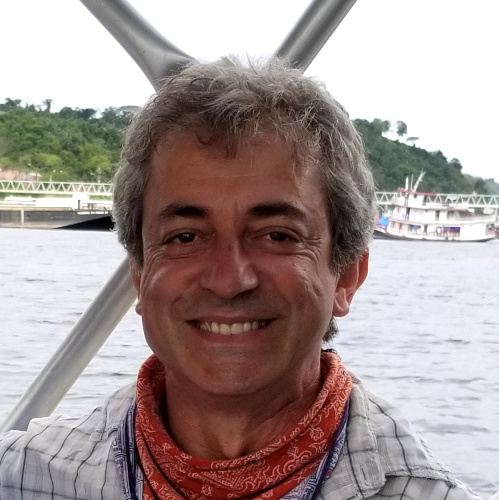
HETEROGENEOUS AND HIERARCHICAL MATTER
Helio Tolentino is the Head of LNLS’ Heterogeneous and Hierarchical Matter Division (DMH) since 2020, and a researcher at the Laboratory since 2014. Helio Tolentino joined the LNLS team for the first time in 1991 to work in the construction of UVX, the first synchrotron light facility in Brazil. He left LNLS in 2005 and moved to Grenoble, France, where he served the Institut Néel – CNRS & UJF and the European Synchrotron Radiation Facility (ESRF), with emphasis in surface X-ray diffraction and magnetic properties in thin films. He is a researcher on long-term leave from the CNRS, France, since 2015. Since then, he coordinates the project and construction of the CARNAÚBA (X-ray nanoprobe) beamline for the new Brazilian synchrotron light source, Sirius. His main research interests are in the physics and chemistry of condensed matter systems, with emphasis at this moment in heterogeneous and hierarchical materials for energy and photonics, and in the development of synchrotron radiation instrumentation for the study of several materials at the nanoscale.
Ph.D. in Physics, 1990, Université de Paris Sud – Orsay, France.
M.Sc. in Physics, 1986, University of São Paulo (IFQSC/USP), Brazil.
B.Sc. in Physics, 1985, Federal University of Paraná (UFPR), Brazil.
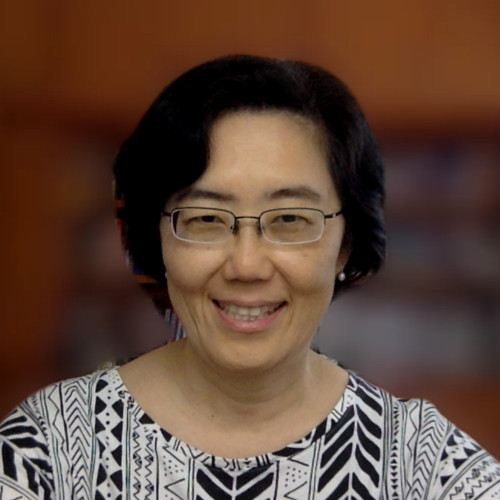
ACCELERATORS
Liu Lin is the Head of LNLS’ Accelerator Division (DAC) since 2020. She joined LNLS in 1986 in the Accelerator Physics Group and worked in the design, construction, commissioning, and operation of the first Brazilian synchrotron light source, UVX. Since 2008 she coordinates the design of the new Brazilian synchrotron light source, Sirius, as the Head of the Accelerator Physics Group. Her interests and activities are presently focused on the commissioning of the Sirius accelerators.
Ph.D. in Physics, 1993, University of São Paulo (IFQSC/USP), Brazil.
M.Sc. in Physics, 1986, University of São Paulo (IFQSC/USP), Brazil.
B.Sc. in Physics, 1985, Federal University of Paraná (UFPR), Brazil.

BEAMLINE ENGINEERING
Lucas Sanfelici is the Head of LNLS’ Beamline Engineering Division (DEL) since 2020. His professional career has been predominantly built at LNLS since 2005, where he initially assembled and commissioned the macromolecule crystallography beamline (MX2) of LNLS’ UVX synchrotron light source. In 2008 he migrated to the Beam Diagnostics Group, developing several components and systems for the accelerators and beamlines. In 2013, with the increase of projects around the new Brazilian synchrotron light source, Sirius, he started to coordinate the beamline support groups in its mission of developing instrumentation and infrastructure for the Sirius’ future scientific facilities. In 2017, such projects reached critical mass and the manufacturing of the new beamlines began, intensifying the structuring process of the teams dedicated to engineering and construction of the new beamlines and laboratories.
B.Sc. in Electrical Engineering, 2008, State University of Campinas (FEEC/Unicamp), Brazil.
B.Sc. in Physics, 2004, State University of Campinas (IFGW/Unicamp), Brazil.
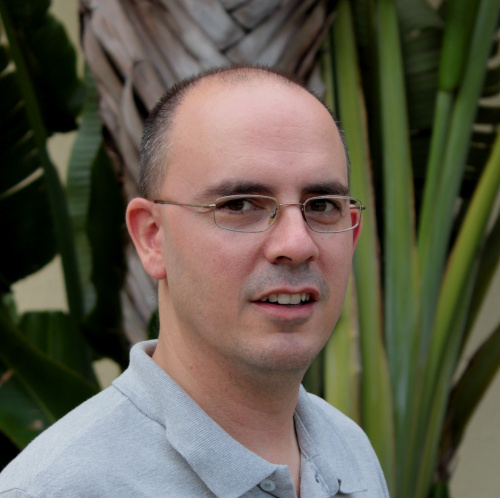
SOFT AND BIOLOGICAL MATERIALS
Mateus Borba Cardoso is the Head of LNLS’ Soft and Biological Materials Division (DMB) since 2020. From 2017 to 2020, he was the Head of the Nanomedicine and Nanotoxicology Division at the Brazilian Nanotechnology National Laboratory. Previously, from 2009 to 2017, he coordinated the Small Angle X-ray Scattering (SAXS) beamline and the X-ray tomography (IMX) beamline of LNLS’ UVX synchrotron light source. He is an Affiliate Member of the Brazilian Academy of Sciences (2019-2023). He has experience with chemistry and mainly works on: (a) synthesis of nanoparticles with biological activities against tumor cells, antibiotic resistant bacteria, and viruses; (b) sensors production based on nanoparticles and (c) X-ray scattering data modeling.
Ph.D. in Chemistry, 2003, Federal University of Rio Grande do Sul (UFRGS), Brazil, and Joseph Fourier University, France.
M.Sc. in Agroindustrial Sci. & Tech., Federal University of Pelotas (UFPel), Brazil.
B.Sc. in Chemistry, 2000, Federal University of Pelotas (UFPel), Brazil.
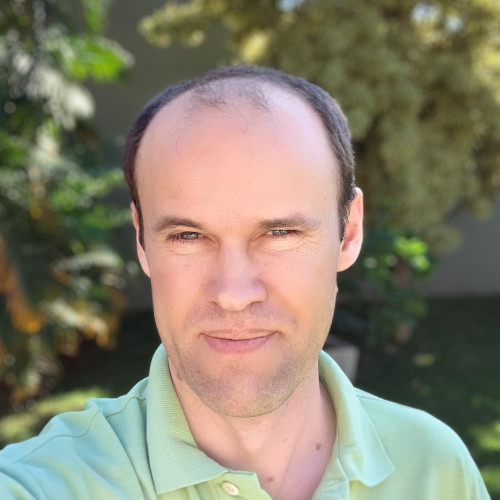
CONDENSED MATTER AND MATERIALS SCIENCE
Narcizo M. Souza Neto is the Head of LNLS’ Condensed Matter and Materials Science Division (DMC) since 2020. Narcizo is also a scientist at LNLS since 2010. Narcizo had his first experience at LNLS in 2001 during the summers program of LNLS, also pursuing the masters and Ph.D. research at LNLS. From 2007 to 2010 worked as a post-doctoral researcher at the Advanced Photon Source synchrotron in USA. In 2015 was awarded with the Dale Sayers Award from the International XAFS Society for contributions for XAS experiments under extreme conditions. This was the first time this prize was awarded to a scientist in Latin America. Today Narcizo has research interests in magnetic and superconducting materials as well as materials under extreme conditions and the developments of analysis techniques using synchrotron radiation.
Ph.D. in Physics, 2007, University of Sao Paulo (USP), Brazil.
M.Sc. in Physics, 2003, State University of Campinas (Unicamp), Brazil.
B.Sc. in Physics, 2001, Federal University of Campina Grande (UFCG), Brazil.